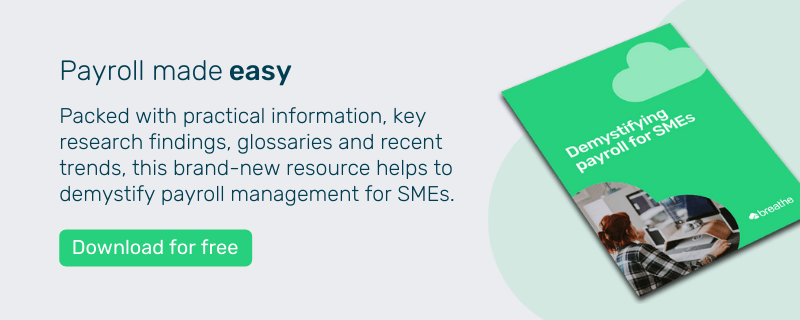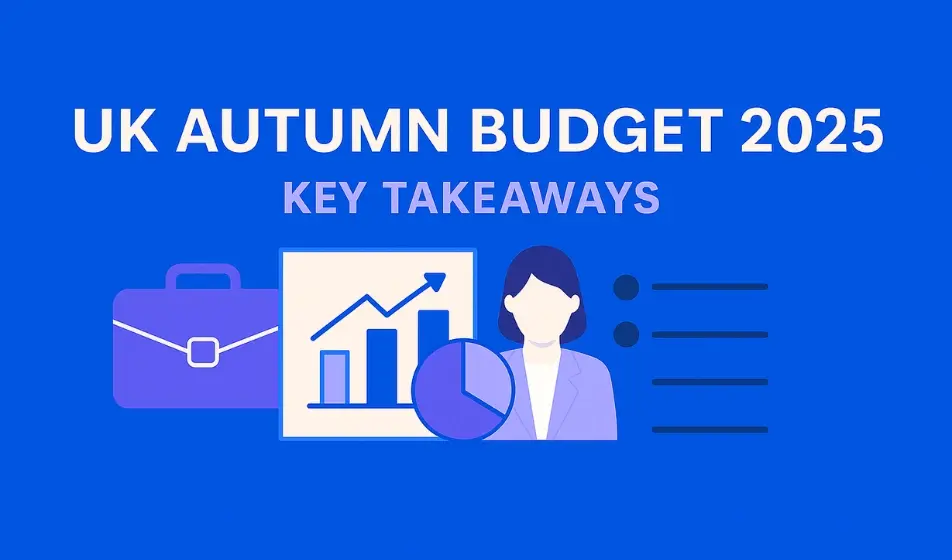There’s a high chance that some of your staff will have children and have to make regular childcare arrangements to work for you.
Many employers run a childcare voucher scheme as a benefit for their staff but in 2018, the scheme was replaced by tax-free childcare. The changes had implications for staff, with some benefiting from the new scheme and others no longer able to take advantage.
In this article, we provide an overview the UK government Tax-Free Childcare scheme and how working parents can receive this support.
What is Tax-Free Childcare?
If you're wondering what replaced childcare vouchers, it's a scheme called Tax-Free Childcare means that you can get up to £500 every 3 months (up to a maximum of £2,000 a year) to help with childcare costs, for each of your children.
If your child is disabled, this increases to £1,000 every 3 months (up to £4,000 a year).
If you're eligible for Tax-Free Childcare, you'll be able to set up an online childcare account. For every £8 you pay into this account, the government will pay £2 to use to pay your childcare provider.
What can Tax-Free Childcare be used for?
The government Tax-Free Childcare scheme can be used to pay for approved childcare.
Approved childcare covers childminders, nannies and nurseries, along with after-school clubs and play schemes. Your childcare provider needs to be signed up to the scheme before you can pay them.
How have childcare vouchers changed?
Childcare vouchers were a government-approved tax-efficient way of paying for childcare this was an employee benefit open to all eligible staff.
The childcare voucher scheme has been scrapped, although those employees who are already part of a scheme can remain part of it as long as their employer keeps running it. For those who are not currently in a scheme, tax-free childcare has been introduced.
Unlike the childcare system which is only open to those whose employer runs such a scheme, the new tax-free childcare scheme is open to all qualifying parents.
Both the childcare vouchers and directly contracted childcare schemes are both now closed to new applicants. Anyone who joined one of these schemes on/before 4 October 2018 might still be eligible to receive these benefits.
If you joined a scheme before 4 October 2018:
You can still get vouchers or directly contracted childcare if:
- Your wages were adjusted on or before 4 October 2018
- You're still working for the same employer (and they continue to run the scheme)
- You don't take an unpaid career break (of more than a year)
What do employees need to be eligible for Tax-Free Childcare?
- They will need to be working, and expect to earn at least the National Minimum or Living Wage for at least 16 hours a week, on average. (This equates to at least £1,853.28 for people over 23).
- Parents must earn less than £100,000 a year.
- Employees must have a National Insurance number and at least one of the following: British or Irish citizenship, settled or pre-settled status, permission to access public finds (UK residence cards will tell you if you can't do this).
- To apply, children must be 11 or under and live with their parent (usually). Children stop being eligible at the beginning of the next September after their 11th birthday. Adopted children are also eligible, but this excludes foster children.
For further details and eligibility information, find out more about Tax-Free Childcare.
.webp)
Author: Sarah Benstead
Sarah is a Product Marketing Specialist here at Breathe. Always innovating, she loves writing about product releases in an engaging & informative way. When she's not coming up with new ideas, she enjoys long walks with her dog, Clifford.




